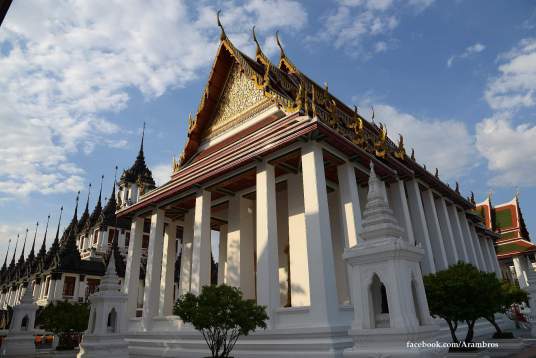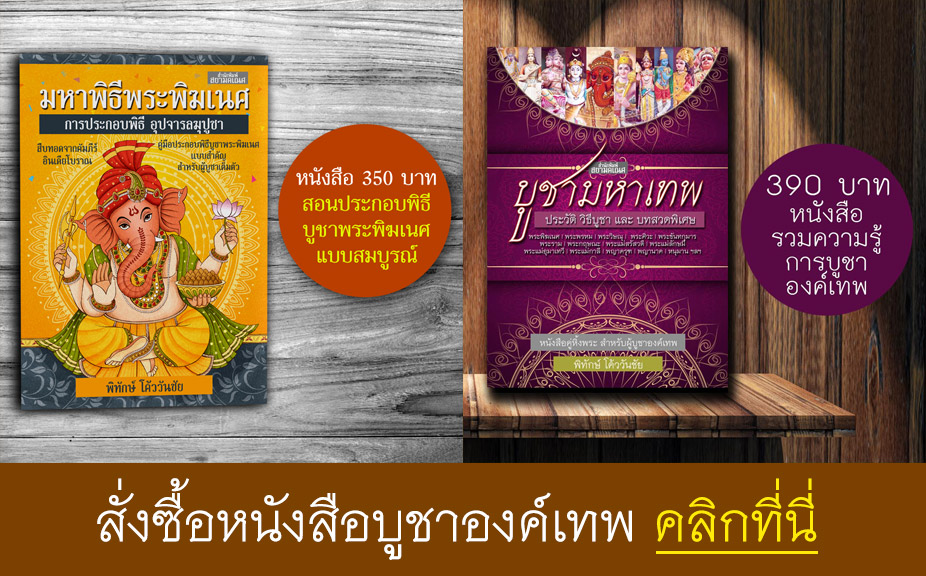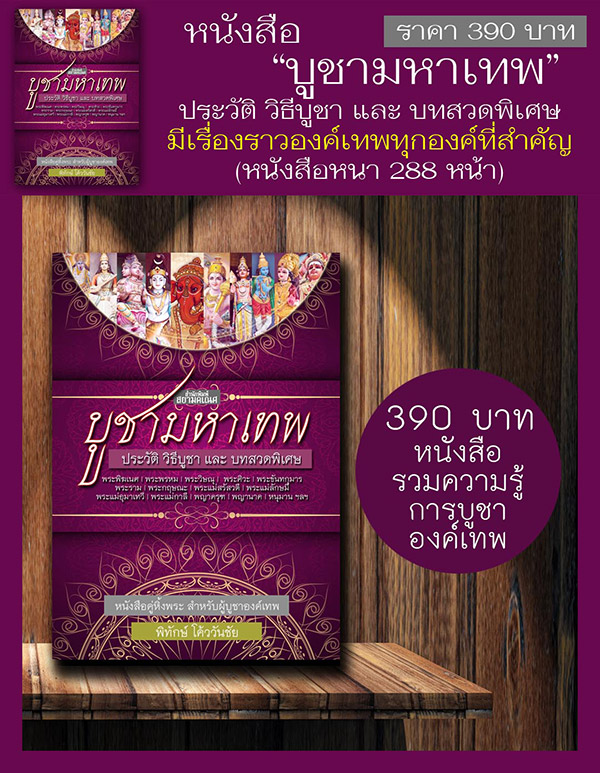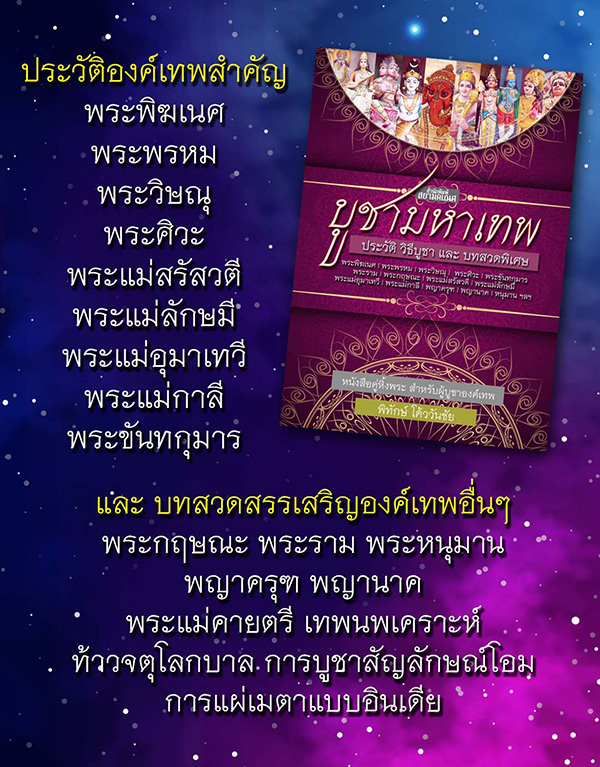โลหะปราสาท ตั้งอยู่ภายในวัดราชนัดดารามวรวิหาร และอยู่ในบริเวณพื้นที่ ลานพลับพลามหาเจษฎาบดินทร ถือเป็นองค์โลหะปราสาทแห่งที่สามของโลก และถือว่าเป็นองค์โลหะปราสาทเดียวที่ยังคงความสมบูรณ์ในปัจจุบัน โดยโลหะปราสาทองค์แรกที่อินเดีย สร้างขึ้นโดยนางวิสาขามหาอุบาสิกา บุตรีธนัญชัยเศรษฐีแห่งเมืองสาวัตถี เป็นปราสาท 2 ชั้น 1,000 ห้อง ยอดปราสาททำด้วยทองคำ ที่ชื่อว่า “มิคารมาตุปราสาท” ส่วนโลหะปราสาทหลังที่ 2 สร้างโดยพระเจ้าทุฏฐคามณี กษัตริย์แห่งกรุงอนุราธปุระลังกา ในราวปีพุทธศักราช 382 เป็นปราสาท 9 ชั้น 1,000 ห้อง มีความกว้างและความสูงแต่ละด้าน 100 ศอก หลังคามุงด้วยแผ่นทองแดง ผนังเป็นไม้ประดับด้วยหินมีค่าและงาช้าง ปัจจุบันโลหะทั้งสองแห่งนี้ได้ถูกทำลายลงแล้ว
Loha Prasat(Metal Castle) located in Wat Ratchanaddaram. This Loha Prasat is the third in the world and it is the only one that remains standing in its complete form today. As in the past, there are 2 Loha Prasat, one in the city of Sawatthi in India and the other in Anurathpura in Sri Lanka. Both had been ravaged by time and ceased to exist several centuries ago.
โลหะปราสาทที่วัดราชนัดดารามวรวิหาร ถือเป็นพุทธศิลปสถาปัตยกรรมอันเป็น “เอก” แห่งหนึ่งในบรรดาสถาปัตยกรรมไทยทั้งมวล มีลักษณะโดดเด่นด้วยเป็นอาคารขนาดสูงใหญ่ 7 ชั้น ทางขึ้นเป็นบันไดเวียนบริเวณกลางอาคาร หลังคาเป็นปราสาทยอดมณฑป 37 ยอดหมายถึงพระโพธิปักขิยธรรม หัวข้อธรรมในพุทธศาสนา 7 หมวด 37 ประการ อันเป็นแนวทางปฎิบัติเพื่อการตรัสรู้
Loha Prasat in Wat Ratchanaddaram is a Buddhist architectural structure that is “superior” to other exemplary forms of Thai architecture. This large construction is of seven storeys and is equipped with a spiral stair in the centre. The roof of the Prasat is decorated with 37 spires in the Mondop style. The number 37 symbolically represent the thirty-seven srticles in the Bodhiphukkhiyadham the seven sections of the Dhamma discourse that must be observed in order to attain enlightenment.
โลหะปราสาทของไทยมิได้แล้วเสร็จในรัชสมัยพระบาทสมเด็จพระนั่งเกล้าเจ้าอยู่หัว แม้จะมีความพยายามที่จะสร้างเสริมเติมต่อมาเป็นระยะแต่ด้วยปัญหาและอุปสรรคนานัปการ ทำให้โลหะปราสาทมีสภาพที่ยังไม่สมบูรณ์ ตราบจนถึงรัชสมัยพระบาทสมเด็จพระเจ้าอยู่หัวภูมิพลอดุลยเดช ประชาชนชาวไทยซึ่งประกอบด้วยหน่วยงานรัฐ ภาคเอกชน ภิกษุ ฆราวาส พ่อค้า ประชาชนผู้มีจิตศรัทธา ร่วมกันจัดหางบประมาณเพื่อการบูรณปฏิสังขรณ์ ก่อสร้าง ต่อเติมด้วยการผสานองค์ความรู้ของงานสถาปัตยกรรม ช่างศิลป์ไทย และเทคโนโลยีที่เหมาะสม โดยมีกรมโยธาธิการ กระทรวงมหาดไทยเป็นผู้รับผิดชอบดำเนินงานในช่วงแรก (2506-2520) และกรมศิลปากร กระทรวงวัฒนธรรม เป็นหน่วยงานหลักในการดำเนินงานจนแล้วเสร็จสมบูรณ์เมื่อปี 2550
Loha Prasat remained unfinished in the reign of King Nangklao. After that attempts were made to complete it but due to problems and obstacles, the building was not completed until the present reign H.M. King Bhumibol Adulyadej. The government and the private sector as well as people from all walks of life-monks, businessmen and devout Buddhists collaborated to raise funds to continue and complete the construction. The work indicates a combination of knowledge of Thai architecture, Thai traditional arts with appropriate technologies. The department of Public Works at the Ministry of Interior was responsible for the first phase of construction (1963-1977) and the Fine Arts Department at the Ministry of Culture took the task of being the major organization that supervised the work to its completion in 2007.
ณ ยอดบนสุดของโลหะปราสาท เป็นที่ประดิษฐานพระบรมสารีริกธาตุ ที่พระบาทสมเด็จพระเจ้าอยู่หัวภูมิพลอดุลยเดช โปรดเกล้าฯ พระราชทานและทรงเสด็จมาบรรจุเมื่อวันที่ 27 กุมภาพันธ์ 2538 นับเป็นพระราชพิธีแรกในพระราชพิธีมหามงคลฉลองสิริราชสมบัติครบ 50 ปี พุทธศักราช 2539
In the topmost part of the Loha Prasat, a relic of the Lord Buddha is housed presented to the temple by King Bhumibol Adulyadej who graciously presided over its enshrinement in the Busanok pavilion at the top of the Loha Prasat on February 27th, 1995 . This ceremony marked the commencement of the Golden Jubilee of His Majesty the King in 1996.
ขอขอบคุณ http://arambros.com/
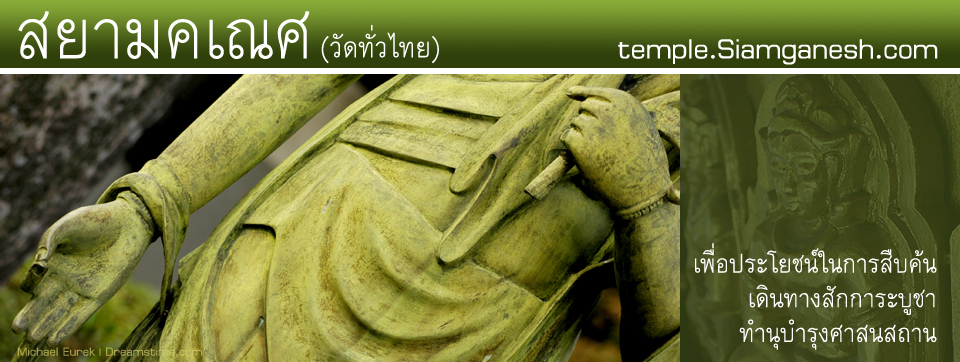


 Posted in
Posted in 